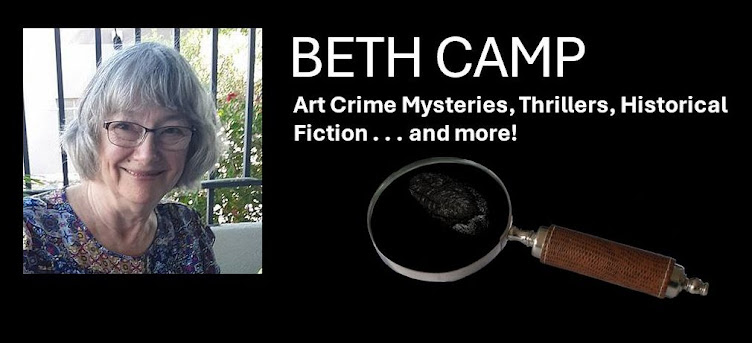 |
| Letitia Hargrave (Wikipedia) |
When they married in 1840, Letitia was 27. They lived at York Factory from 1840 until 1851. Note that my Rivers of Stone begins at York Factory in 1842. She was one of the first English brides brought to Canada, and her gift is her letters, collected into a book in 1947.
Letitia Hargrave was a shrewd observer. The voice that emerges from these letters is of a woman with close ties to her family back 'home' who is discovering her new 'home' as the wife of a powerful man in very isolated upper Manitoba. So far, I've only found a few pages of her journal to read online; the book itself is not available at local libraries. But I did find one book, Recalling Early Canada, a formal study of letters and life, with one chapter devoted to Letitia. Just like chocolate ice cream!
Second treat this week: I was trolling online at the Spokane Public Library, actually renewing books, when their ad announced they've begun to digitize a few documents from their Northwest Room, a reference collection. Of course I can go there. It's just downtown, a ride of 20 minutes, throw a quarter or five into the parking meter, no pens allowed, and I could spend hours reading. Sounds like fun.
 |
| Dr. John McLoughlin (Whitman Mission) |
But I found online the Journal of a Voyage from Fort Vancouver to York Factory Hudson's Bay 1841 by George T. Allan. This 34-page treat gives me Mr. Allan's recollections, recorded 50 years later, of this memorable trip. I have my maps out!
More names, more places. The intrepid and much-written-about Dr. John McLoughlin, Chief Factor of Fort Vancouver.
The Whitman Mission. The Oregon Treaty of 1846.
The plot thickens. My characters begin to find their way.
In what ways do images and research inform your writing?


